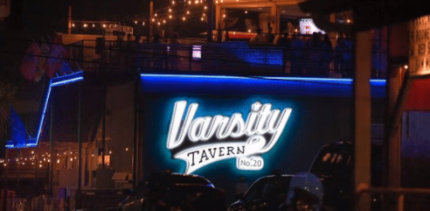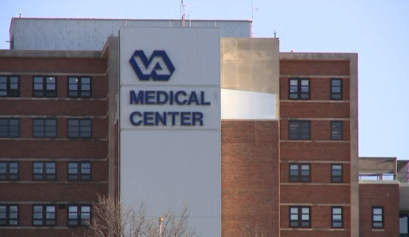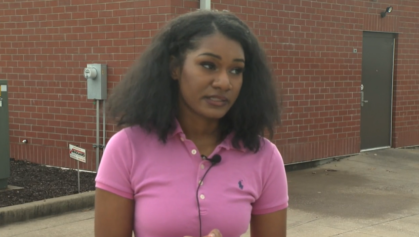Although 55 years ago the 1964 Civil Rights Act outlawed racial discrimination, Black people still fare far worse than their white counterparts in cities throughout the United States.
The unemployment rate for Black people was 2.2 percentage points higher than the rate for white people in October, with the one for Blacks at 5.4 percent and the one for whites at 3.2 percent, according to data from the Bureau of Labor Statistics.
The disparity isn’t exclusive to employment.

Black people are also five times more likely to be incarcerated than white people, less likely to own homes, have higher mortality rates and graduate college, according to the NAACP.
The disparities are so severe the news organization 24/7 Wall St. ranked the worst U.S. cities for Black people to live in using data from the U.S. Census Bureau, the Centers for Disease Control and Prevention and the Bureau of Justice Statistics.
Here are the organization’s five worst places for Black people to live:
5. Danville, Illinois
Black population: 10,995 (13.9%)
Black median income: $23,963 (49.2% of white income)
Unemployment: 18.8% (black); 6.9% (white)
Homeownership rate: 31.7% (black); 75.8% (white)

“Poverty status is one of the largest determinants of health and longevity, and in Danville, health outcomes are far worse for the black population than the white population,” 24/7 Wall St. reported.
In Danville, for every 100,000 Black residents, 1,208 die yearly, giving the city the third highest Black mortality rate in the nation, the news organization reported. The white mortality rate in the area is 923 deaths per 100,000 white residents.
4. Minneapolis-St. Paul-Bloomington, Minnesota-Wisconsin
Black population: 278,802 (7.9%)
Black median income: $34,174 (43.4% of white income)
Unemployment: 10.3% (black); 3.6% (white)
Homeownership rate: 25.4% (black); 75.3% (white)
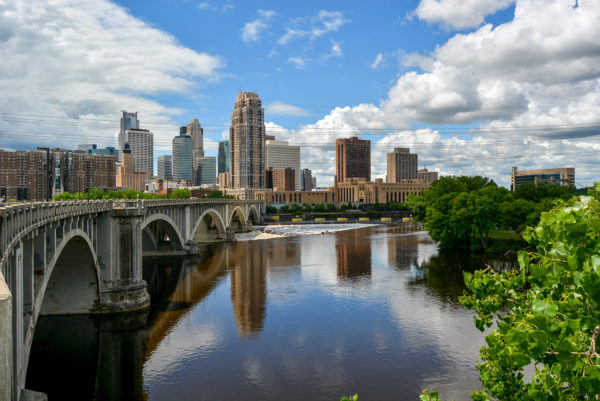
The Minneapolis-St. Paul-Bloomington area is one of several Midwestern cities that “enacted restrictive housing covenants and exclusionary zoning policies in the 20th century,” 24/7 Wall St. reported.
Those policies reportedly led to a city that is “highly segregated by race”.
In Minneapolis, a white man, George Jensen, plowed his van into a bus shelter and injured five Black people on July 6.
3. Waterloo-Cedar Falls, Iowa
Black population: 12,074 (7.1%)
Black median income: $27,811 (49.2% of white income)
Unemployment: 19.7% (black); 4% (white)
Homeownership rate: 34.4% (black); 72.3% (white)
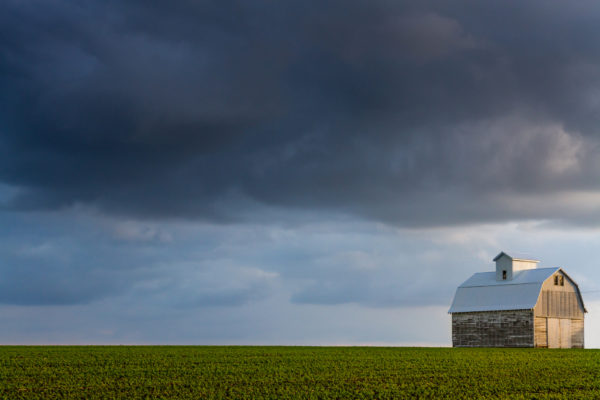
Black residents in the Waterloo-Cedar Falls area of Iowa earn just less than half of what white residents earn, and Black residents are far more likely to be unemployed than their white peers, 24/7 Wall St. reported.
In Waterloo, even jurors in a Black teen’s murder case were accused of making racist remarks, and in a separate case, the city of Waterloo paid a Black teen thousands of dollars to keep quiet about his settlement in a police assault back in 2014.
Related: Attorneys for Black Iowa Teen Convicted of Murder Demand New Trial After Jurors’ Racist Comments
2. Racine, Wisconsin
Black population: 20,797 (10.7%)
Black median income: $27,658 (43.4% of white income)
Unemployment: 13.1% (black); 5.1% (white)
Homeownership rate: 30.6% (black); 74.8% (white)
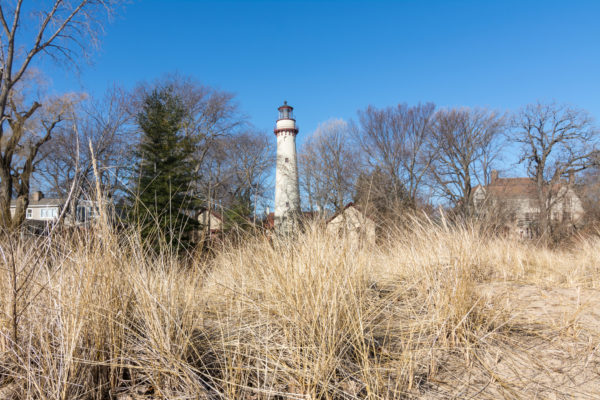
Even though Racine is only about 80 miles north of Chicago, its metro area faces disproportionate incarceration rates and a significant disparity between income between Black and white households.
Only 30.6 percent of Black heads of household own their homes, which is less than half the 74.8 percent of white homeowners, 24/7 Wall St. reported.
Black residents were also nearly 12 times more likely to be imprisoned in Wisconsin overall than white residents last year, 24/7 Wall St. reported.
Just in September, prosecutors in Racine declined to bring charges against a Mount Pleasant policeman accused of gunning down an African-American teen.
Related: Wisconsin Police Sergeant Escapes Charges in Fatal Shooting of Black Teen
1. Milwaukee-Waukesha-West Allis, Wisconsin
Black population: 257,895 (16.4%)
Black median income: $28,928 (43.8% of white income)
Unemployment: 13.9% (black); 3.9% (white)
Homeownership rate: 27.8% (black); 68.2% (white)
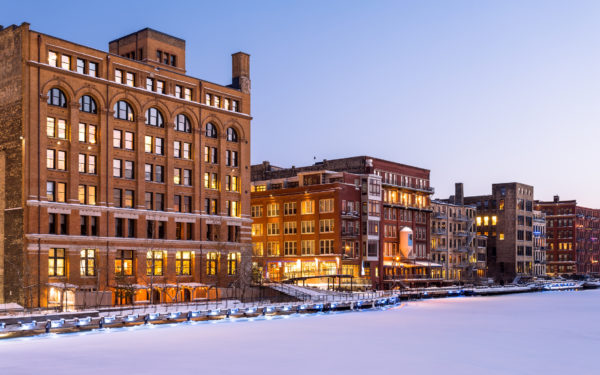
Milwaukee, the largest city in Wisconsin, is also yet another Midwestern city where outdated discriminatory housing policies heavily impact housing trends, 24/7 Wall St. reported.
The news organization cited research last year showing 16 of the 18 suburbs of Milwaukee County enacted restrictive housing covenants in the 1940s, many of which remained in effect after federal law banned them.
This is also where a traffic stop ended with a Black bystander shot and shackled to a hospital bed for hours. His 14-year-old daughter was handcuffed and thrown to the ground, the bystander Tari Davis said in September.
